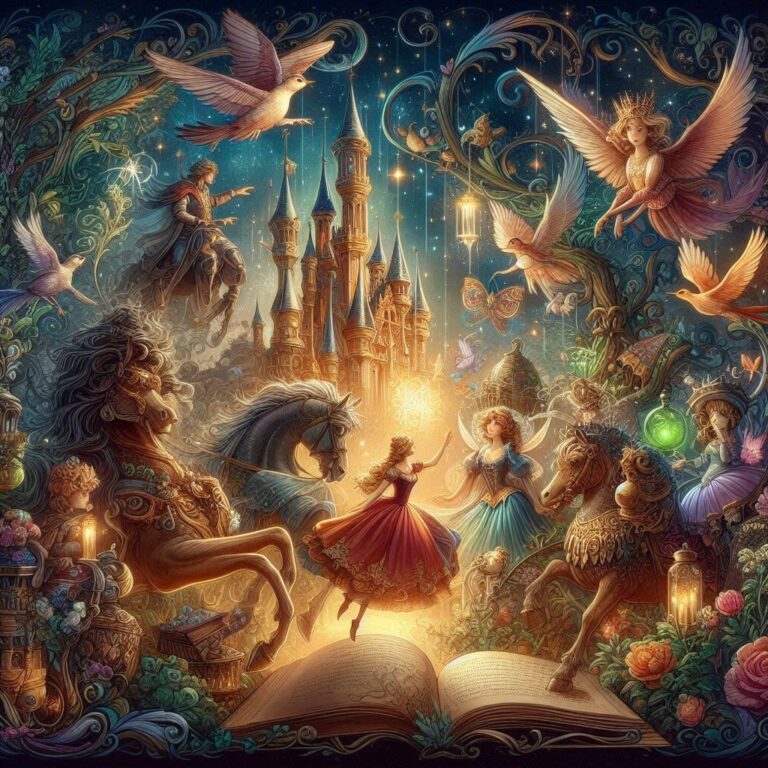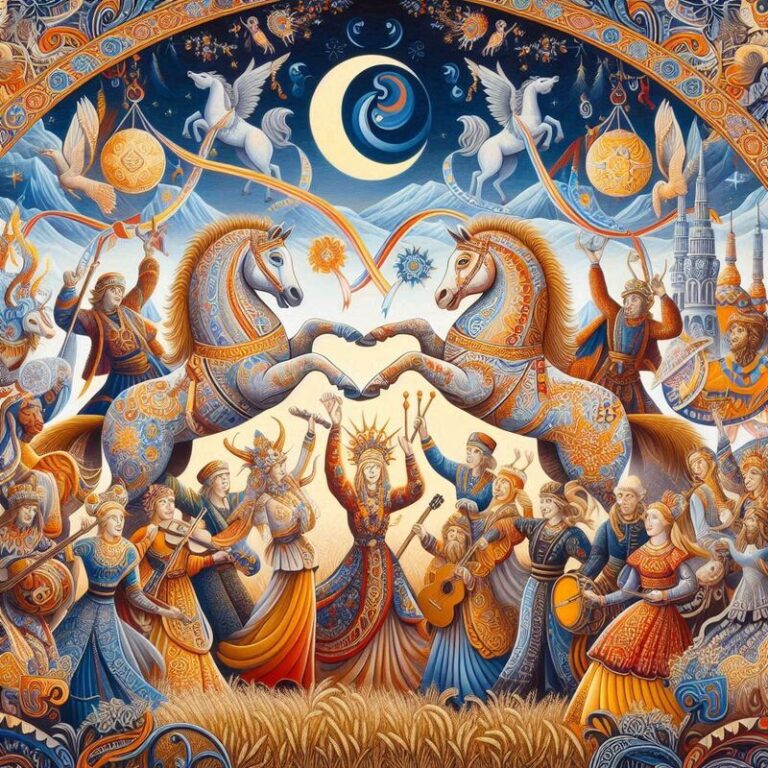The Enduring Lessons of Folklore and Fairy Tales

The Enduring Lessons of Folklore and Fairy Tales
Timeless Wisdom: The Enduring Lessons of Folklore and Fairy Tales
Folklore and fairy tales have been integral to human culture for centuries, captivating audiences with their enchanting narratives and profound lessons. These stories, passed down through generations, transcend time and geography, offering wisdom that remains relevant in today’s world. This article explores the enduring lessons of folklore and fairy tales, highlighting their significance in preserving cultural identity, imparting moral values, and inspiring personal growth.
The Cultural Significance of Folklore and Fairy Tales
The Enduring Lessons of Folklore and Fairy Tales
Folklore and fairy tales are more than just entertaining stories; they are vessels of cultural heritage. Each tale reflects the values, beliefs, and customs of the society from which it originates. For instance, the African folktale “Anansi the Spider” embodies the wit and wisdom highly valued in many African cultures. Similarly, Native American folklore often emphasizes the importance of harmony with nature, as seen in the tale of “The Great Spirit and the White Buffalo.”
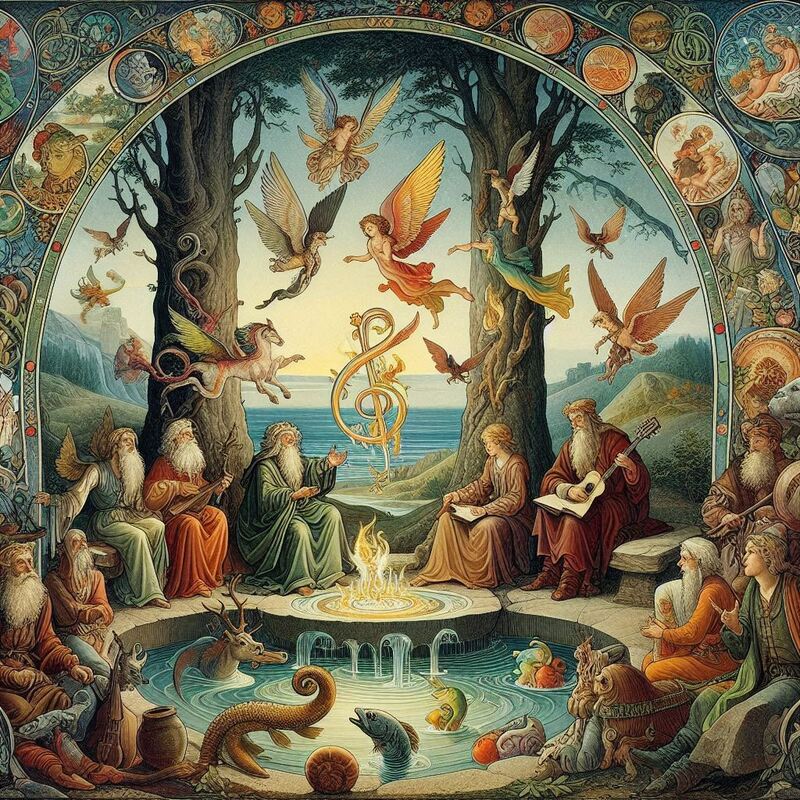
These stories serve as cultural touchstones, preserving traditions and practices that might otherwise be forgotten. They offer insight into the historical context and social norms of different eras, providing a window into the lives and minds of our ancestors. By understanding these tales, we gain a deeper appreciation for the diversity and richness of human cultures.
Moral Lessons and Ethical Guidance
One of the most enduring aspects of folklore and fairy tales is their ability to impart moral lessons. These stories often feature clear distinctions between good and evil, right and wrong, teaching valuable ethical principles in a memorable way. For example, the classic fairy tale “Cinderella” underscores the virtues of kindness and humility, while “The Boy Who Cried Wolf” warns against the dangers of dishonesty.

The Enduring Lessons of Folklore and Fairy Tales
These moral lessons are not limited to simple binaries; many tales explore complex ethical dilemmas and encourage critical thinking. In “Hansel and Gretel,” the children must navigate a perilous situation using their wits and resourcefulness, highlighting the importance of courage and ingenuity in the face of adversity. Such stories encourage readers to reflect on their own values and actions, fostering a sense of moral responsibility.
Personal Growth and Self-Discovery
Fairy tales and folklore often center around characters who embark on transformative journeys, both literal and metaphorical. These narratives of personal growth and self-discovery resonate deeply with readers, offering inspiration and guidance for their own lives. The hero’s journey, a common motif in many cultures, exemplifies this process of transformation.
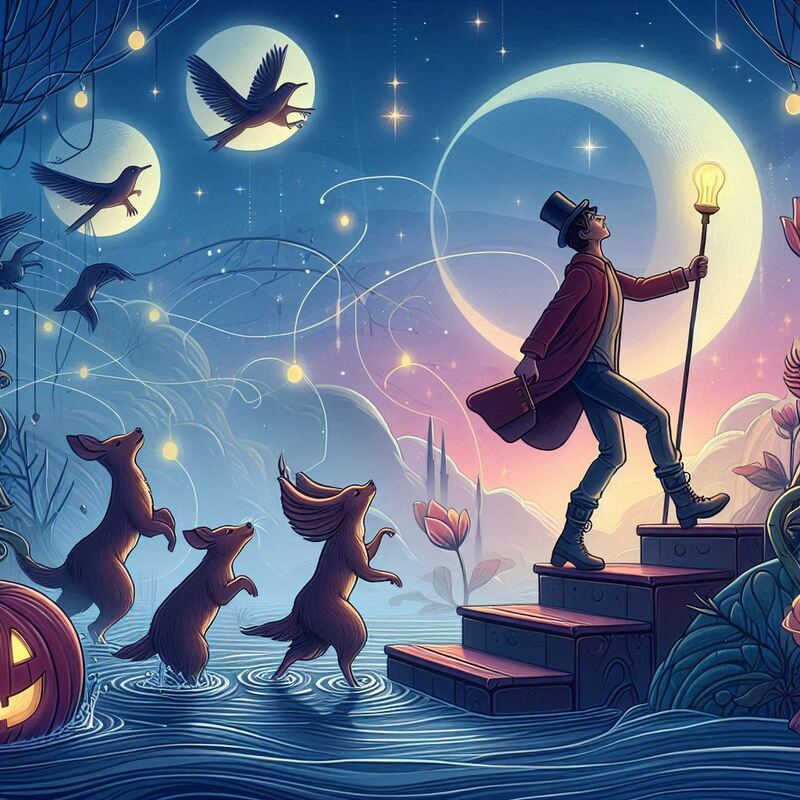
Consider the tale of “Jack and the Beanstalk,” where young Jack must overcome fear and uncertainty to achieve success. His journey from a naïve boy to a courageous hero symbolizes the challenges and triumphs we all face as we grow and develop. Similarly, in “Beauty and the Beast,” Beauty’s journey of understanding and accepting the Beast teaches the importance of looking beyond appearances and recognizing inner worth.
The Enduring Lessons of Folklore and Fairy Tales
These stories encourage readers to embrace change, face their fears, and pursue their dreams. They remind us that personal growth often involves overcoming obstacles and learning from our experiences.
The Power of Imagination and Creativity
Folklore and fairy tales are rich with imaginative elements that captivate the mind and stimulate creativity. The fantastical worlds, magical creatures, and extraordinary adventures found in these stories inspire readers to dream beyond the boundaries of reality. This imaginative aspect is particularly important for children, fostering a sense of wonder and curiosity that is crucial for cognitive development.
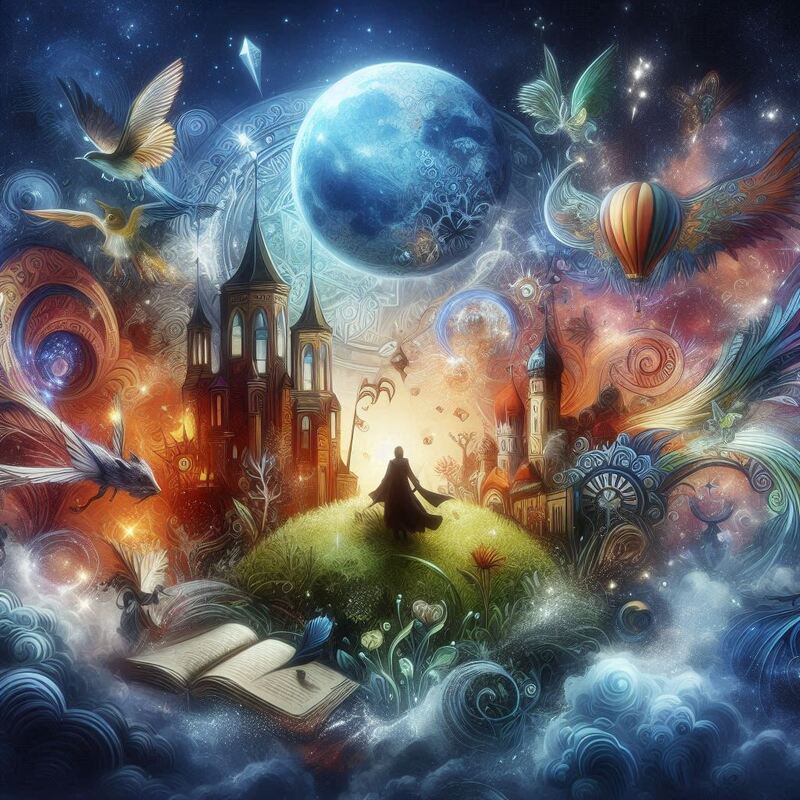
For instance, the whimsical world of “Alice in Wonderland” by Lewis Carroll invites readers to explore a realm where the impossible becomes possible. This story, like many others, encourages readers to think creatively and view the world from different perspectives. Such imaginative engagement nurtures problem-solving skills and innovative thinking, valuable traits in both personal and professional life.
Community and Shared Experience
The Enduring Lessons of Folklore and Fairy Tales
Folklore and fairy tales often emphasize the importance of community and shared experiences. Many tales feature communal settings where characters must work together to overcome challenges. These stories highlight the value of cooperation, empathy, and mutual support.
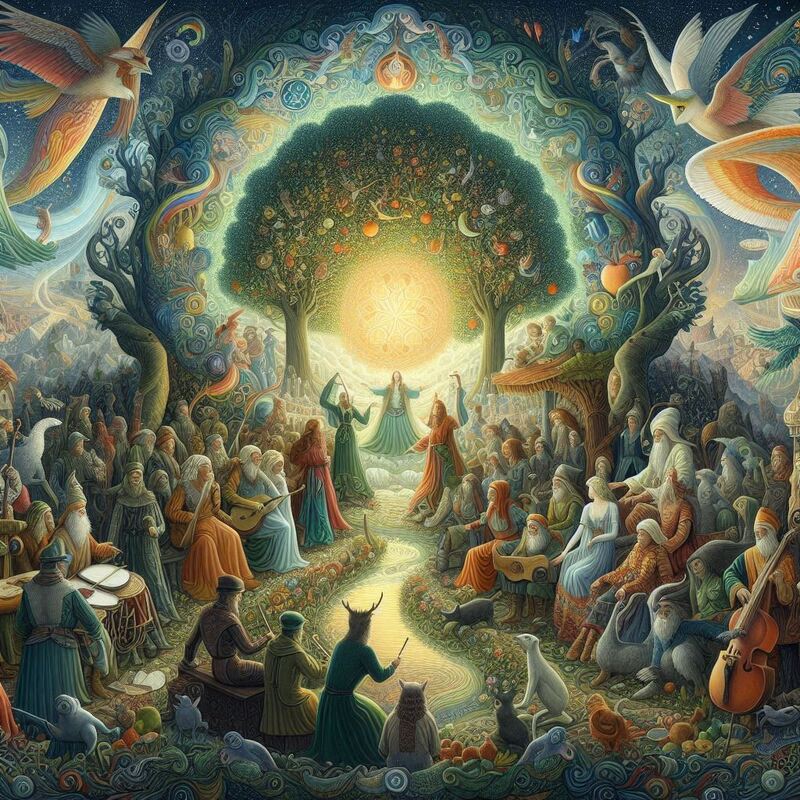
In the Russian folktale “The Giant Turnip,” a farmer and his family must all pull together to harvest a giant turnip. This tale underscores the strength found in unity and collective effort. Similarly, in “Stone Soup,” a community comes together to create a meal from seemingly nothing, teaching the importance of sharing and collaboration.
These narratives foster a sense of belonging and interconnectedness, reminding us that we are part of a larger community. They encourage us to support one another and recognize the strength in diversity and cooperation.
The Enduring Lessons of Folklore and Fairy Tales
Adapting to Modern Contexts
While folklore and fairy tales have ancient origins, their themes and lessons are highly adaptable to modern contexts. Contemporary retellings and adaptations continue to draw on the timeless wisdom of these stories, making them relevant for new generations. These modern interpretations often address current social issues, providing fresh perspectives on age-old problems.
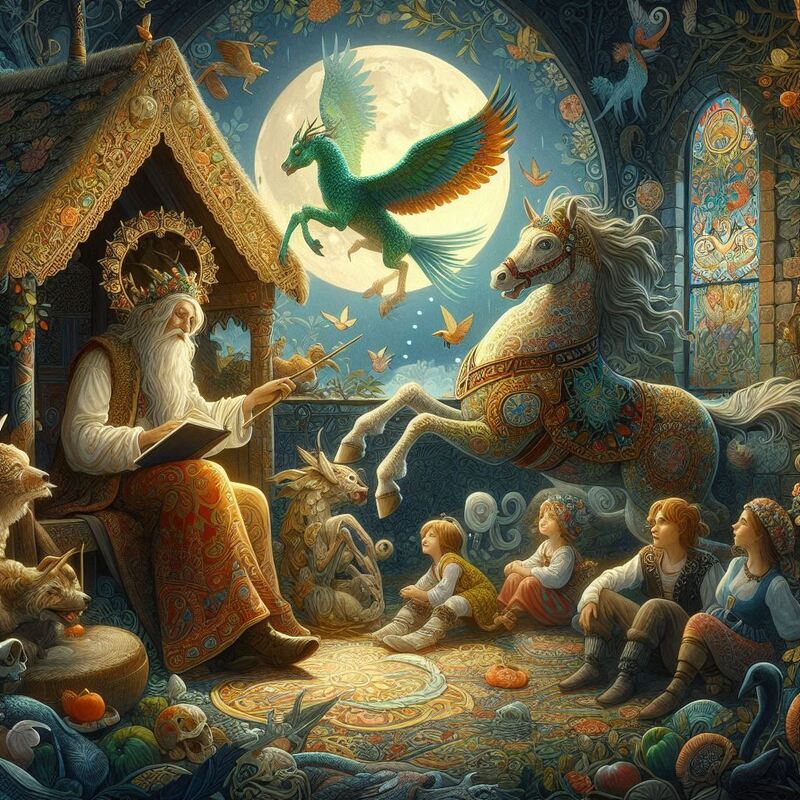
For example, modern adaptations of fairy tales frequently incorporate themes of gender equality and empowerment. The story of “Mulan,” originally a Chinese folktale, has been reimagined in various forms to emphasize themes of bravery and breaking gender norms. Similarly, recent retellings of “Little Red Riding Hood” often portray the protagonist as a resourceful and empowered individual rather than a passive victim.
These contemporary versions demonstrate the flexibility and enduring relevance of folklore and fairy tales. By adapting these stories to reflect current values and challenges, we ensure that their wisdom continues to resonate with audiences today.
Conclusion
The enduring lessons of folklore and fairy tales continue to captivate and inspire us, offering timeless wisdom that transcends cultural and temporal boundaries. These stories preserve cultural heritage, impart moral values, inspire personal growth, stimulate creativity, and emphasize the importance of community. As we continue to share and reinterpret these tales, we keep their magic alive, ensuring that future generations can benefit from their rich legacy. In a rapidly changing world, the timeless wisdom of folklore and fairy tales remains a vital source of guidance, inspiration, and connection.
The Enduring Lessons of Folklore and Fairy Tales
